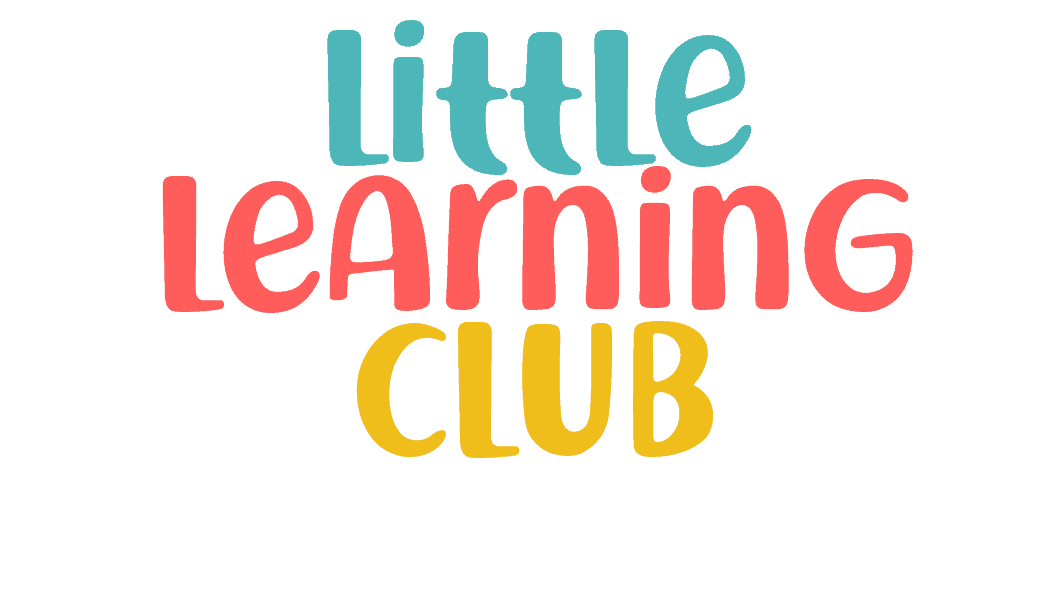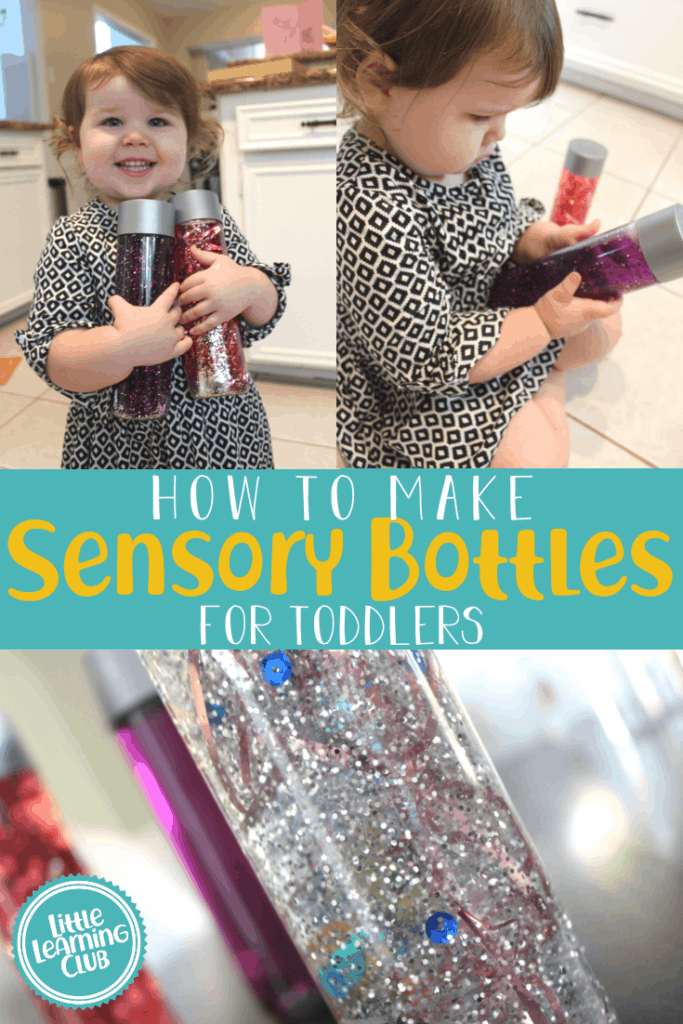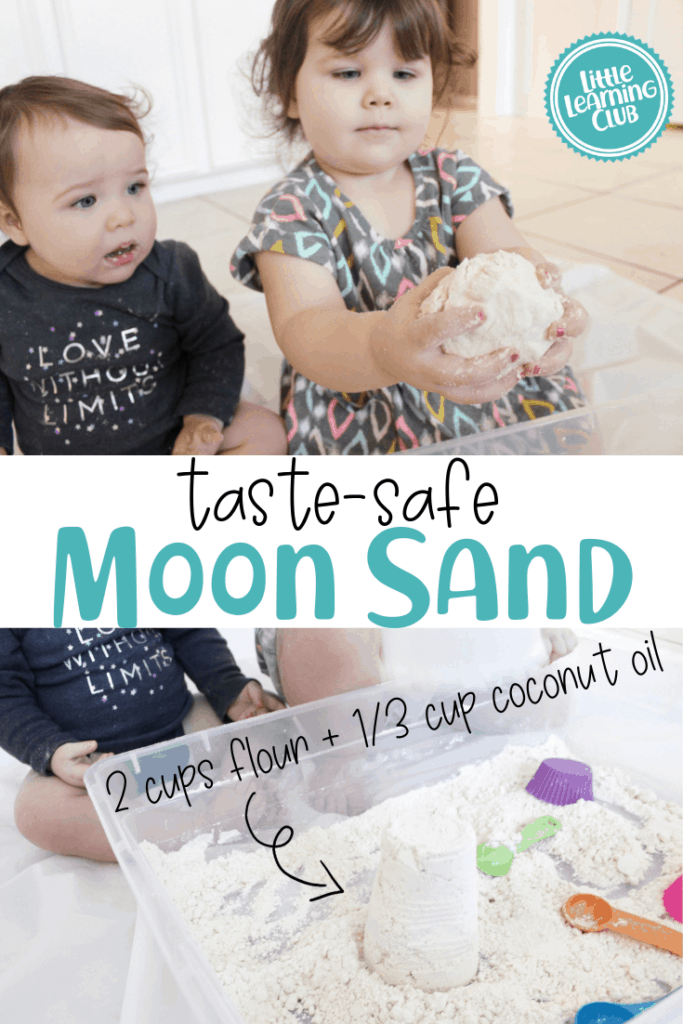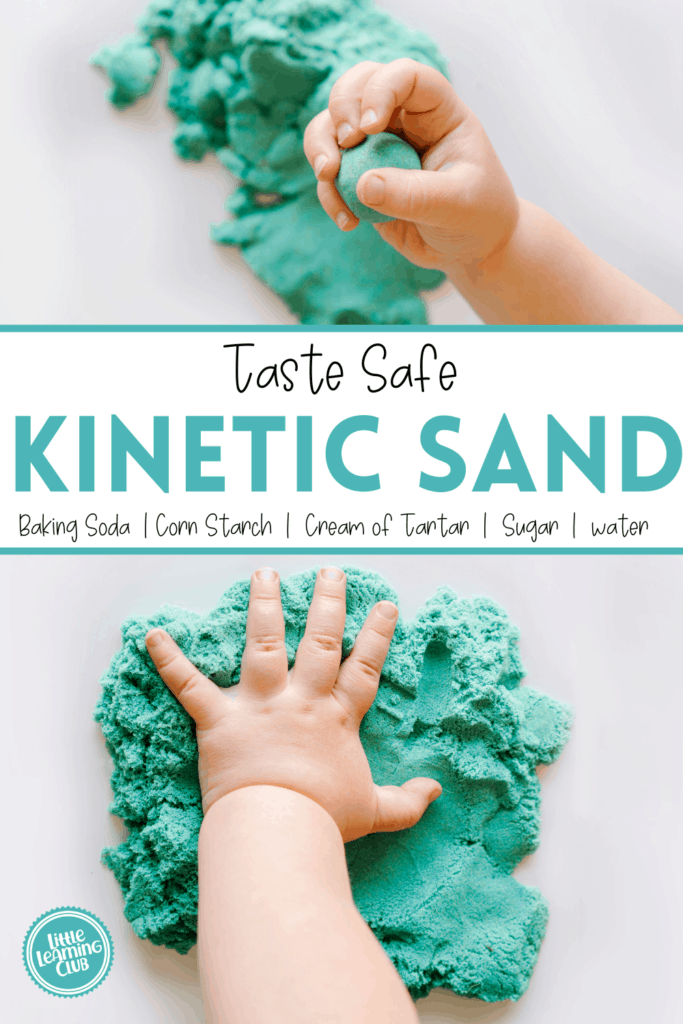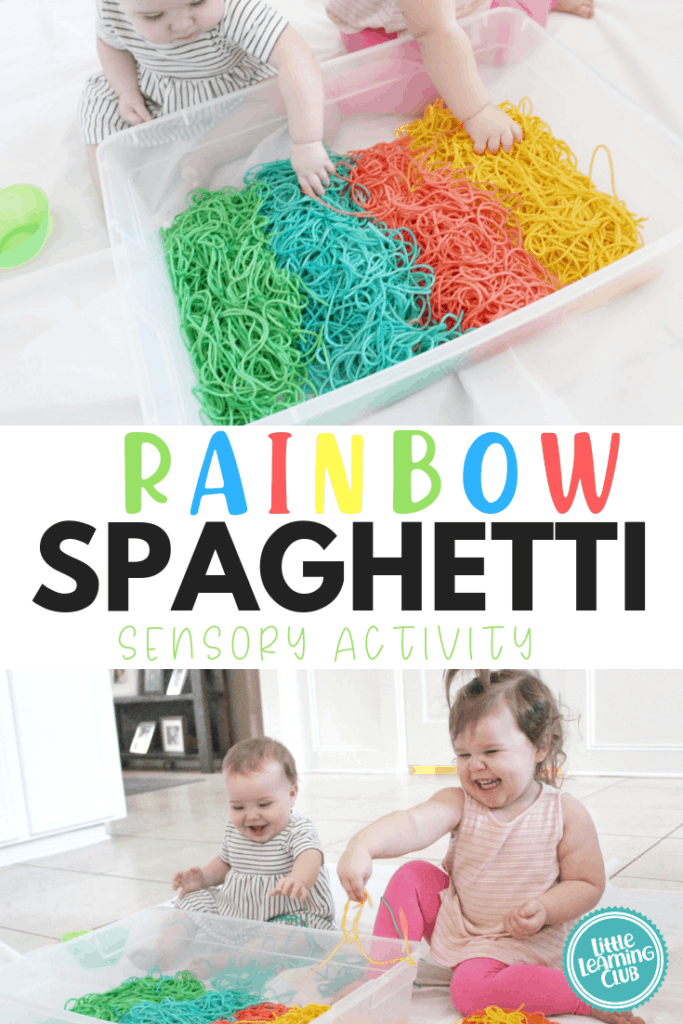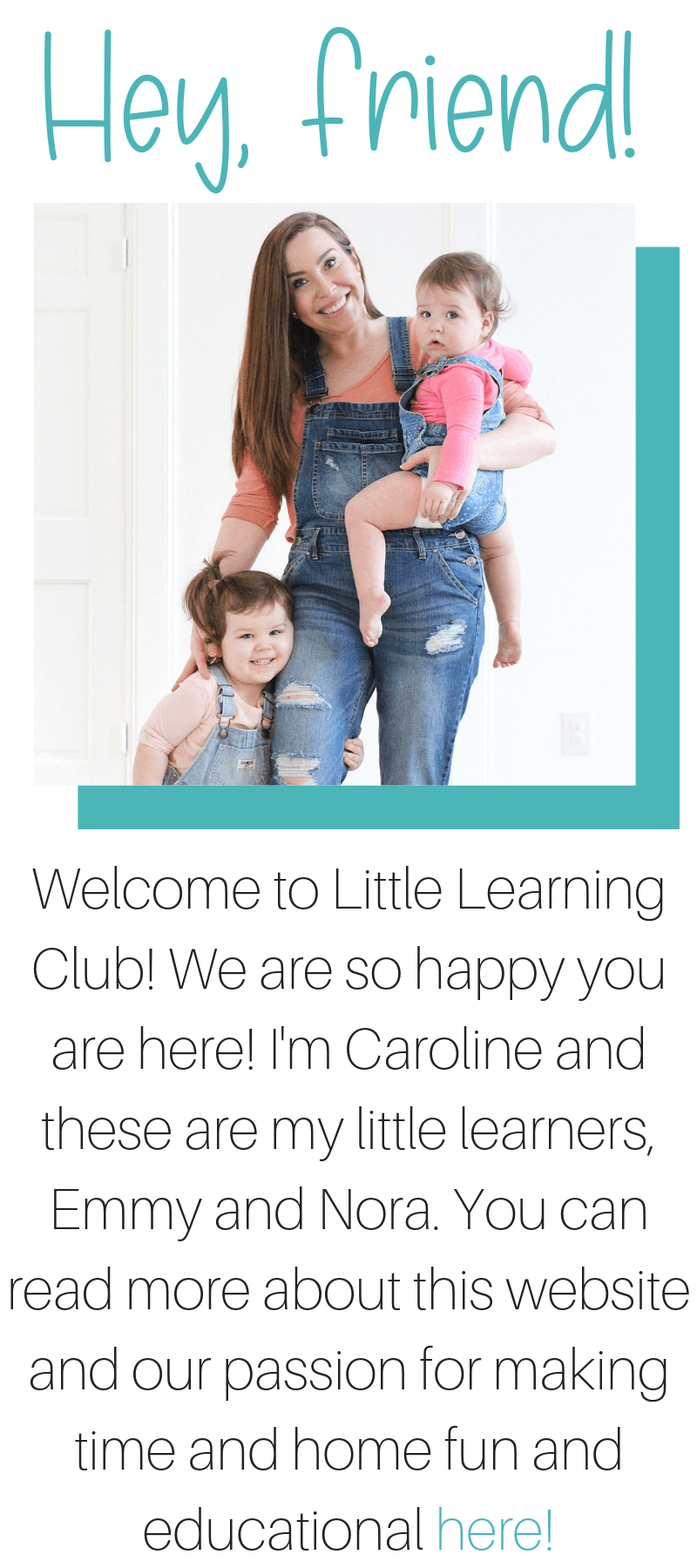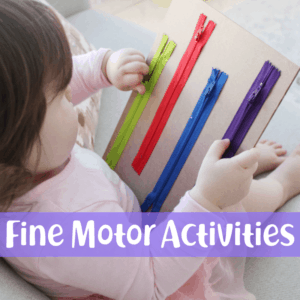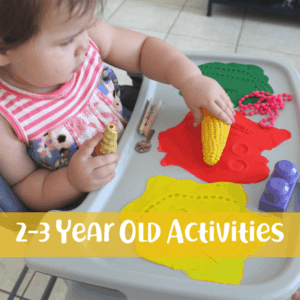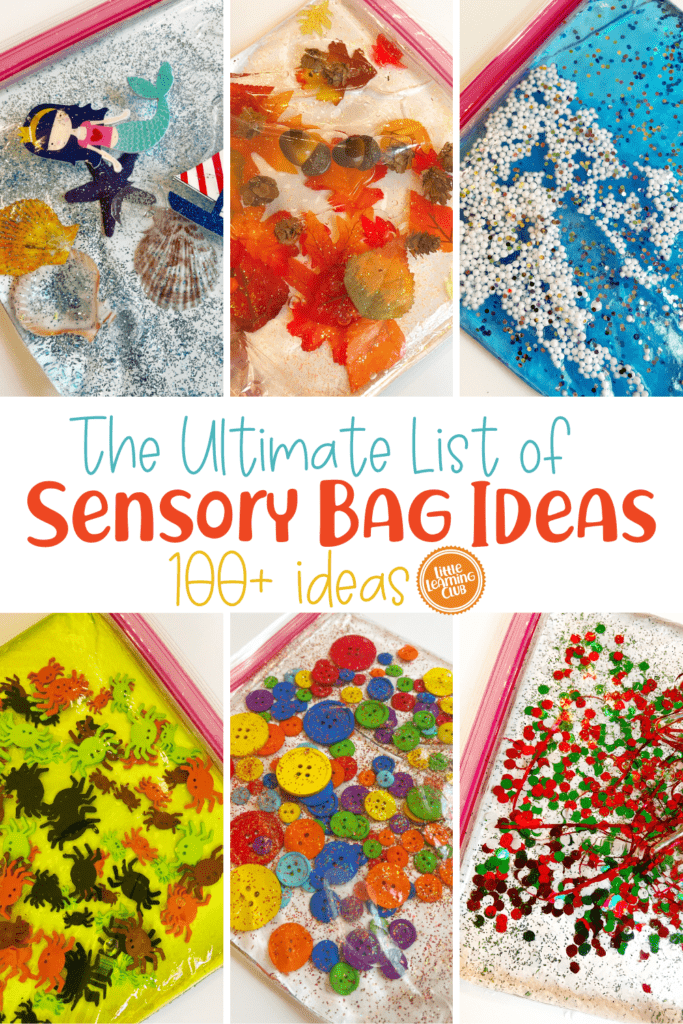
Hundreds of Sensory Bag ideas!
There are so many reasons we love sensory bags. They are easy and inexpensive to make and also loved by a wide age range (I have made ice sensory bags for my 4-month-old and Halloween-themed bags for my 4-year-old!). No matter the age, the sensory bags are offering sensory stimulation that is wonderful for brain development.
What is Sensory Play?
Sensory play includes any activity that incorporates the five common senses.
Activities that involve movement of the body, such as awareness or position of their body) can also be considered sensory activities. When you think about it, so many activities that our babies do in their day-to-day play could be considered a sensory activities! If you would like to browse all of the sensory activities, we have shared on Little Learning Club, you can do so here.
A few examples of sensory play include balancing while walking on a curb, making moon sand, or doing a taste test of a variety of fruits. Listening to kids’ audiobooks is another fun and educational sensory activity!
Benefits of Sensory Play
Creating activities for children to actively use their senses as they explore their world through sensory play is crucial to brain development. Sensory Play helps to build nerve connections in the brain’s pathways. Sensory activities encourage the development of fine and gross motor skills as well as language development. While the idea of setting up an activity that has THIS many benefits may seem intimidating, it is actually quite simple! The more you research these types of activities, the more you realize that there are opportunities for sensory learning just about everywhere!
The Benefits of Sensory Play in Babies (0mo-12mo)
Sensory play helps babies to learn more about the world around them! Sensory playtime creates a whole new world of stimuli (think new textures they have never felt or new sounds they have never heard). Your baby’s brain creates new connections as they play and experience all these new stimulations. Simple sensory play can help your baby grow in so many ways!
The Benefits of Sensory Play: Toddlers (13mo-3 yrs)
As your baby becomes a toddler, there is a whole new level of skills they are working to develop, like language skills and cognitive abilities. This opens up a whole new world of sensory play possibilities. Try to incorporate activities that allow them to be a little more independent while also incorporating age-appropriate educational aspects like color matching, sorting smallest to largest or vice versa, and matching.
The Benefits of Sensory Play: Preschoolers (3-5 yrs)
Starting at the age of three, the independence in play really increases. Aim to find activities that allow this and encourage it! Language development is also increasing at a rapid rate. Challenge your preschooler to tell you more about what they are doing during their sensory play. Can they tell you a story about their activity? What challenges are they facing? This will also help boost the cognitive development of the activity.
A look at a few of our favorite sensory bags:
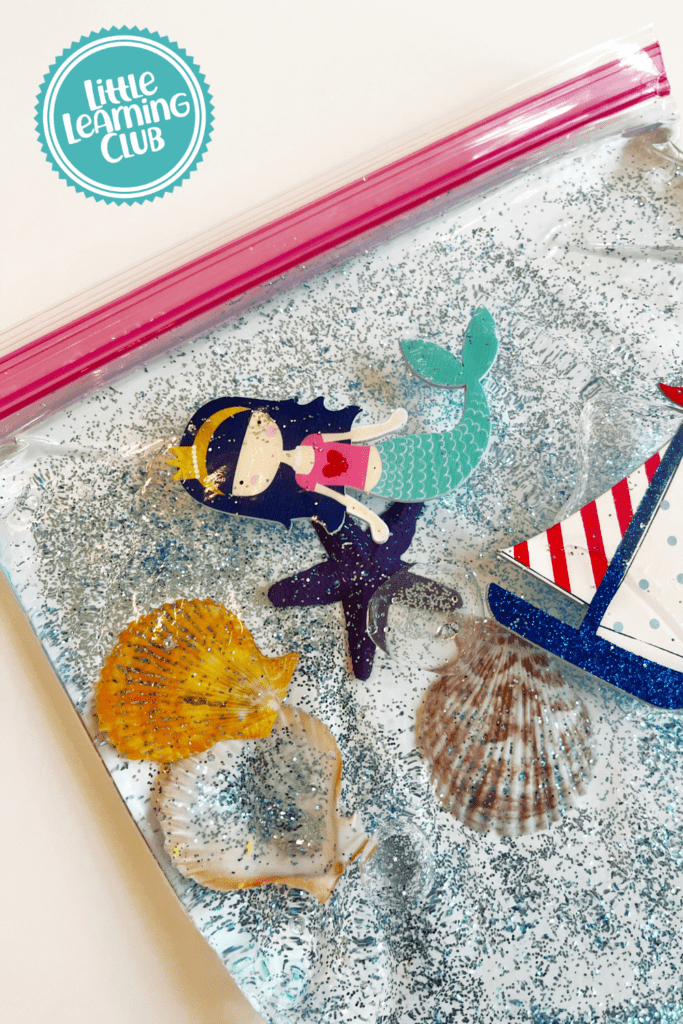
How to Make Sensory Bags
While it may seem self-explanatory that you simply add the items into a bag, there is one crucial step you must take in order to avoid a HUGE mess! First of all, don’t buy the cheapest bags you can find. A higher quality bag is going to withstand more and will have fewer chances of busting. Secondly, I highly recommend reinforcing all four sides of your bag with duct tape. Here’s a look at one of our recent bags after adding all the tape:
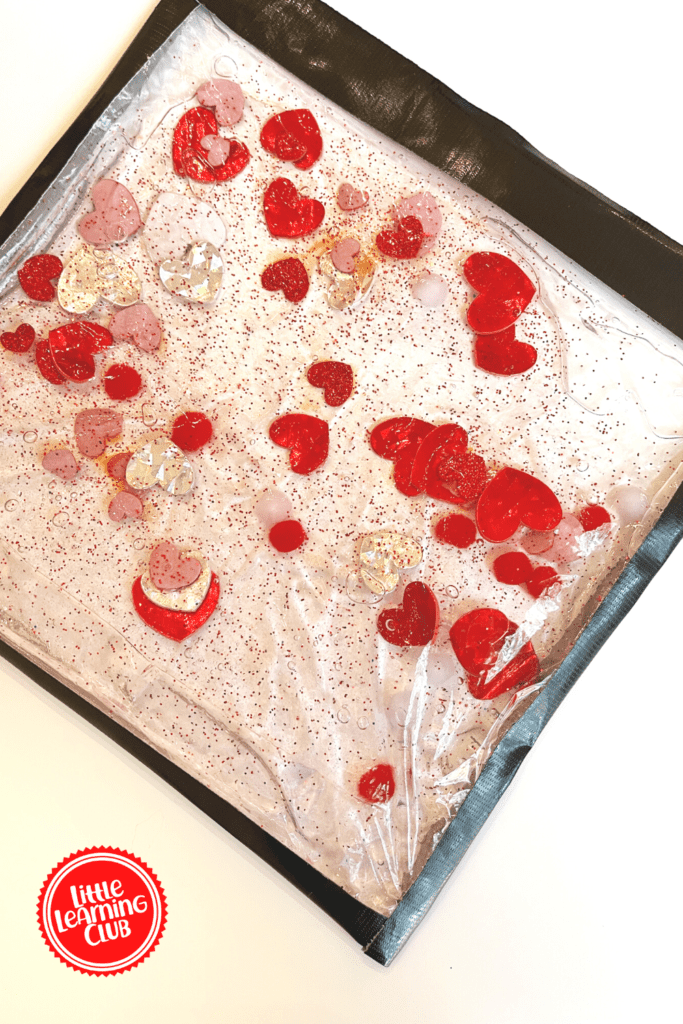
It’s a small step to take to ensure you don’t have a huge mess to clean up after play time.
Sensory Bag Ideas
Let’s start with the base of the bag. While the most commonly used base it water, there are so many more options! You can always add a small amount of food coloring to your bag. Here are a few more fun ideas for what to use as a base for your sensory bags:
-Aloe Vera
-Hair Gel
-Shaving Cream
-Baby Oil
-Water Beads
-Hand Sanitizer
-Soapy Water with bubbles
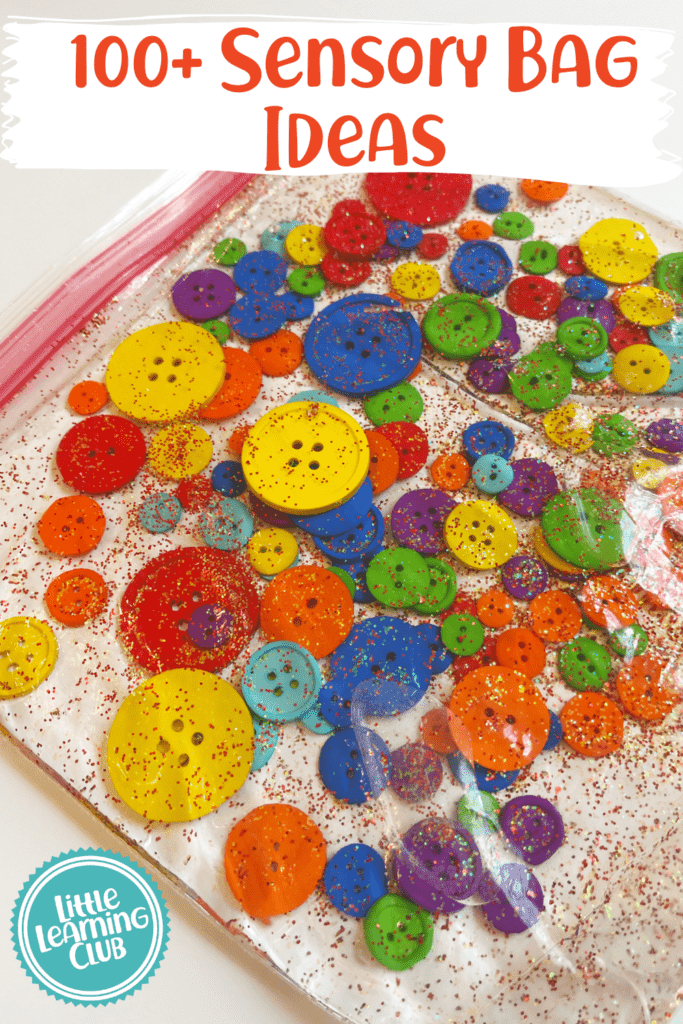
Now that we’ve talked about the base of the sensory bag, let’s talk about what you can put inside.
-Pom Poms
-Glitter
-Buttons
-Sequins
-Flowers (fake or real)
Leaves (fake or real)
-Rocks
-Noodles
-Feathers
-seashells
-cotton balls
-Small figurines
-Legos
-Dry Beans
-Cereal
-Dried Peas
-Coins
-Ice cubes and water (great for baby sensory play!)
-Googly Eyes
-Numbers and Letters (we use the magnetic ones meant for the fridge!)
-Bird Seed
-Ribbon
–

Holiday Themed Sensory Bags
Sensory bags are a great way to celebrate holidays! Here’s a list of fun ways you can make sensory bags that are holiday themed:
-New Years (confetti, glitter)
-Valentines Day (hearts, pink and red pom poms)
-St Patricks Day- Green Gel with gold coins inside!
-Spring time- flowers, leaves.
-Fourth of July- Red, white, and blue Stars/glitter/sequins
-Fall- Leaves, acorns, orange.brown yellow buttons.
-Halloween- Pumpkin seeds (we call this pumpkin guts bags and they are always a hit!), spider buttons (shown above)
-Christmas- So many possibilities! Joanns and Micheals have a great selection of Christmas buttons that they put out around November 15. Hobby Lobby also has a selection of mini Christmas tree ornaments that make for great sensory bag filler.
